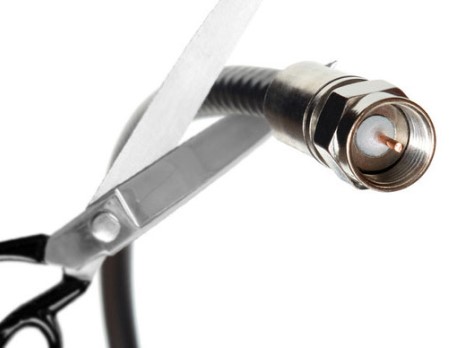Survey: Consumers Want Cheap OTT

Consumers may want their content when they want it and where they want it, but they don’t want it to cost much, according to a new survey by MoffettNathanson.
MoffettNathanson partnered with researcher Survata to find out what consumers would expect an OTT service to cost and found that less than a third believed a slimmed-down Internet-delivered content package should be priced at $40 per month or higher. The majority belived $30 per month or less was the better price tag.
The $40 price point is crucial because that is what Hulu is expected to charge for its slimmed-down OTT service scheduled to debut next year.
Survata interviewed 513 online respondents between July 15 and July 18, and included individuals that already had a subscription TV service as well as those that did not have pay TV.
In a note to clients, MoffettNathanson principal and senior analyst Craig Moffett wrote that using a survey to determine consumers’ willingness to pay for anything is “fraught with peril,” because respondents don’t always do what they say and isn’t usually enough to figure out what most would pay for a service.
But pricing is important because the dilemma facing OTT providers like Hulu and DirecTV (which plans to launch its OTT service DirecTV Now by the end of the year) is finding a point that will attract enough customers, but not erode their core subscription business while allowing them to make a profit.
“Our survey confirms that a segment of the population is interested… but threading the needle at an economically workable price that appeals to enough consumers to be viable, and which will selectively target cord-cutters and cord-nevers rather than existing pay TV subscribers, will be very challenging indeed,” Moffett wrote.
The smarter way to stay on top of the multichannel video marketplace. Sign up below.
One of the more surprising findings in the survey was the apparent loyalty many had to regional sports. Asked if they would subscribe to an Internet-driven live video service that included the four broadcast networks and some cable channels (like ESPN, TNT and FX), but no regional sports networks, two-thirds of respondents said no, even before hearing pricing information. The split was about even between people that did and didn’t already have a pay TV subscription, but younger non-payTV subscribers, aged 18-24, showed the biggest swings. About 50% of 18-24 year olds without pay TV said they would consider subscribing to the RSN-free OTT service, but just 19% of 18-24 year olds with pay TV would switch.
Customers who had pay TV also were more apt to place a higher cost on an OTT service that included live sports. About 19% of people with pay TV said an OTT minus the RSNs should be cheap – under $10 per month – with 23% saying it should cost $10-$19 per month. But adding the RSNs to the mix for this group swung the pendulum dramatically – about 33% of those with pay TV service said the RSN-laden OTT service should cost $50 per month or more.
Cord cutters and cord-nevers, those that have either severed their pay TV relationship or never had one in the first place, were considerably more price sensitive, according to MoffettNathanson. The largest number of that group believed the non-RSN OTT service should cost between $5 and $9 per month (31%) or $10-$19 per month (28%). Including the RSNs raised pricing expectations considerably, with 28% picking $50 per month or more, and 21% picking between $10 and $19 per month.
While Moffett wrote that cord-cutters’ and cord-nevers’ reluctance to pay is understandable – they have higher price-sensitivity by nature – it could pose problems.
“All else being equal, it suggests that the cannibalization problem could be difficult to manage, and/or that it will be difficult to attract cord cutters and cord nevers at a reasonable price,” Moffett wrote.
